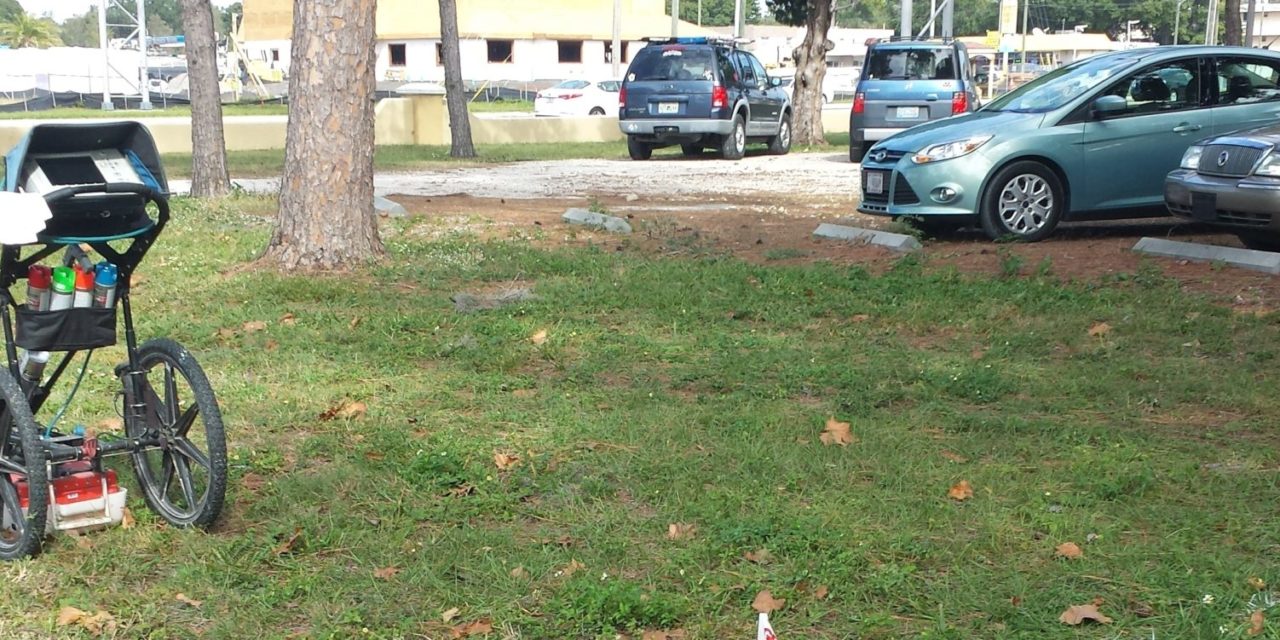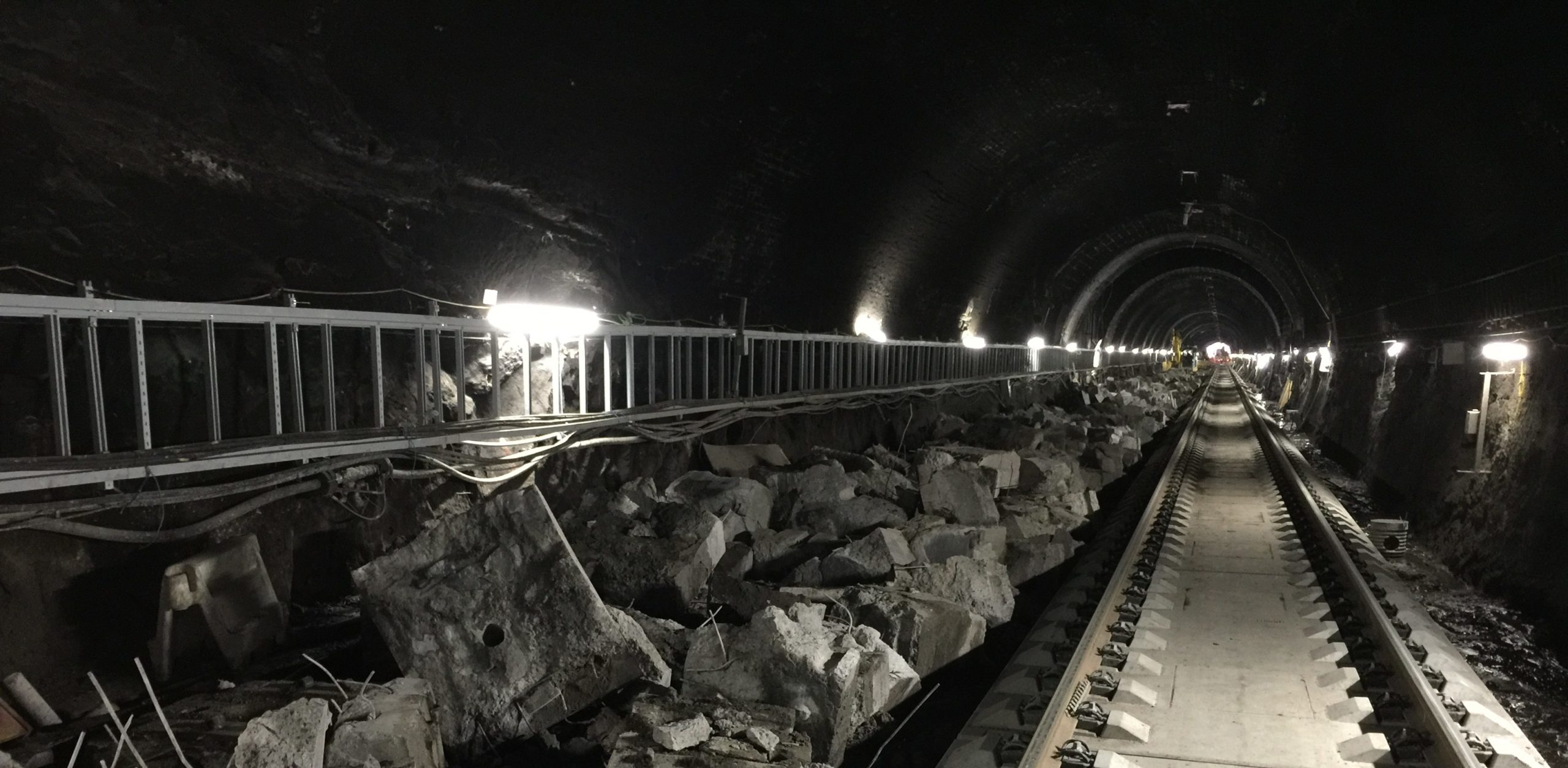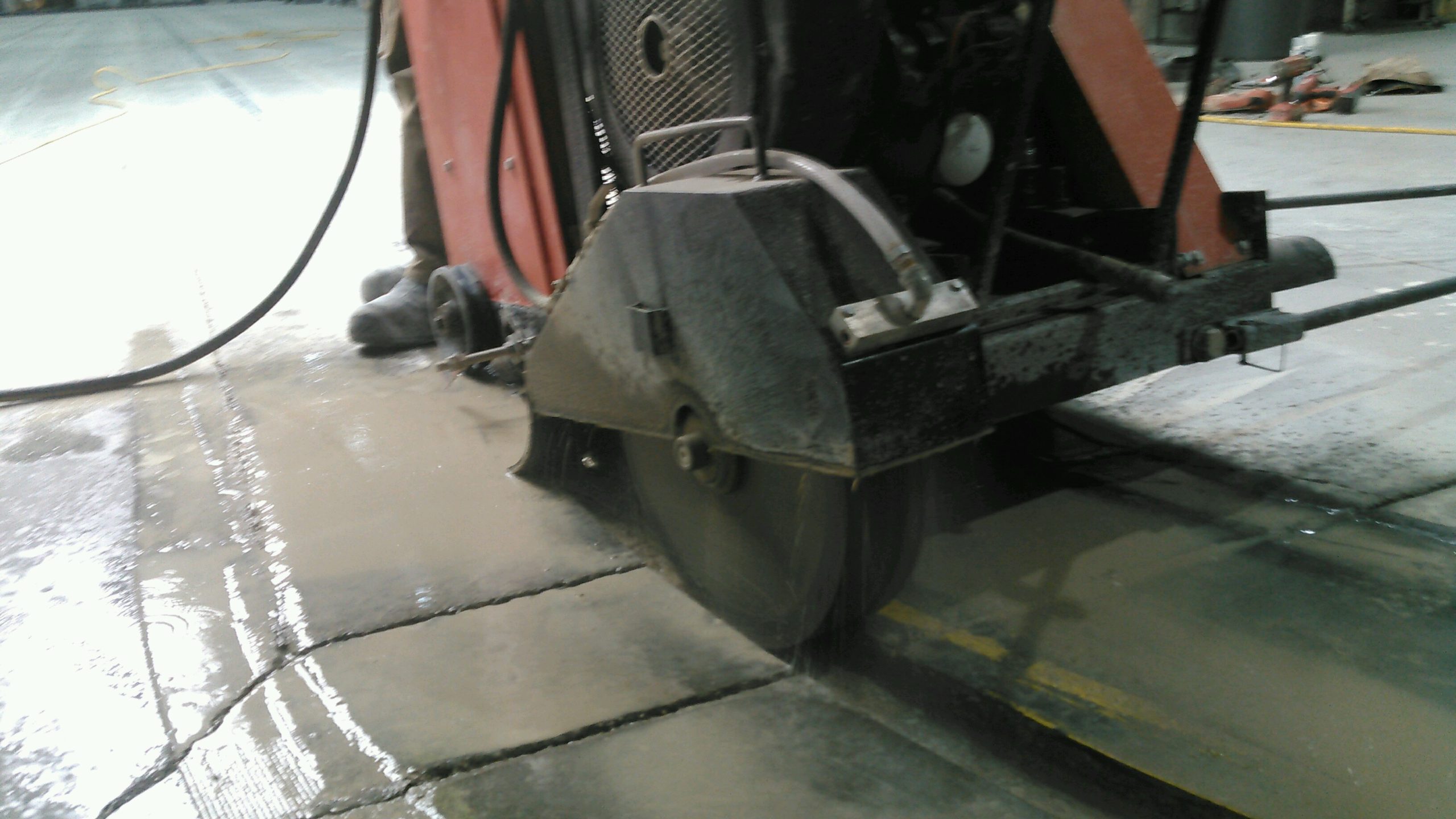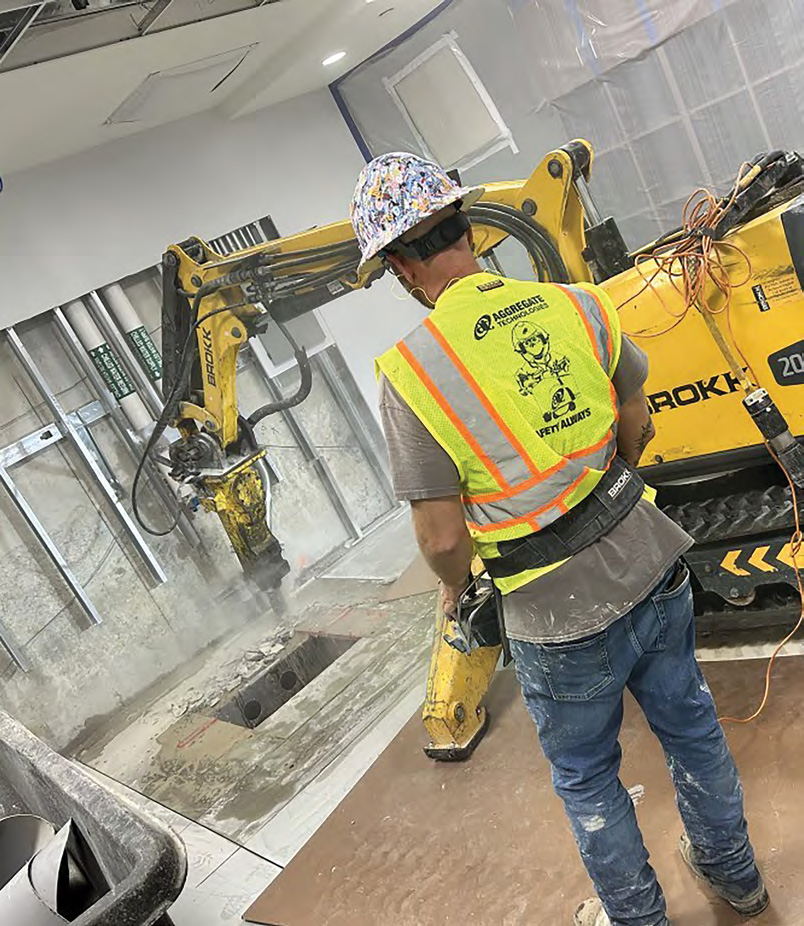
Safe Passage

GPR Helps Map Out Clear Path for Hospital Project

GPR technicians were contracted to scan areas at a hospital for the installation of electrical light poles.
This past November, the Tampa, Florida branch of Ground Penetrating Radar Systems, Inc. (GPRS) was contacted by a large electrical and lighting contractor to perform over 4,000 feet of underground utility locating at a large veterans hospital in St. Petersburg. The contractor planned to install a new network of light poles throughout several parking lots and along some of the roadways in and through the hospital grounds.
It was understood that during the course of conduit and pole installation the electrical contractor would come in contact with several known and unknown underground utilities. Therefore, a specialist imaging contractor was required to discover and correctly identify any potential hazards beneath the surface. This would limit project down time, save money on repair cost and ensure the safety of all personnel working on the project. The electrical contractor contacted CSDA member GPRS, Inc. to perform a comprehensive underground utility locate before beginning the light pole installation work.
Two team members from GPRS, Inc. mobilized to perform the requested utility locating work. The technicians utilized the company’s GPR equipment, specifically a Geophysical Survey Systems, Inc. (GSSI) SIR3000 Head unit coupled with a 400 MHz antenna. In addition, a piece of electromagnetic tone induction equipment was used to perform this locate. These units were mounted on three-wheel carts so that they could be easily moved around the site and over different materials like soil and asphalt. The technicians identified the unknown utilities, mapped the direction of travel, plotted the approximate depth of the anomaly and, finally, double checked findings to ensure accuracy.
“Many contractors are now utilizing non-destructive testing to determine the location of known and unknown hazards on their job sites. GPR, along with many other non-destructive testing methods, is commonly used to determine the location of underground utilities as well as embedded objects in concrete prior to construction,” explains Chris Moore, branch manager for GPRS, Inc. in Tampa. “Contractors have learned that this type of testing and locating can not only save them time and money incurred through repairs, shutdowns and outages but, more importantly, help keep all personnel on their jobsites safe. Safety continues to be the number one concern for any contractor. As more and more companies establish themselves to provide this type of testing the industry, as a whole, increases its safety record.”

Equipment was used to discover and identify hidden objects and utilities under the surface.
The first step for the imaging team was to walk the job to determine and present safety concerns or issues that may be encountered during the utility locating process. For the technicians, analyzing the jobsite and scan areas can help them learn more about what may lie below the surface and is often one of the most important parts of the process. This provides an opportunity to learn key information that may help with the interpretation of GPR data and complete an accurate utility locate.
With all surveying tasks completed, the team from GPRS, Inc. set up to begin the imaging and scanning work. The directional boring path was marked on plans provided by the lighting contractor and also discussed in the field. The scanning and locating process followed the planned boring path, crossing two large parking lots and ran along hospital roadways. Technicians were able to scan between 300 and 400 linear feet per hour. In total, the team from GPRS spent approximately 12 hours on site over a two-day period. All areas were imaged and scanned using both the GPR and electromagnetic tone induction equipment. A standard grid pattern was used, with scans placed on 10-foot centers, to ensure maximum efficiency without sacrificing critical accuracy. GPR data was interpreted in real time. All hazards and utilities identified during the imaging work were marked on the surface using colored spray marking paint and pin flags in accordance with government regulations.

Spray marking paint and pin flags were used to identify objects discovered by the scanning equipment.
Once all specified areas had been scanned, technicians returned to locations where utilities and anomalies had been identified. These locations were double-checked to confirm the equipment’s findings and reactions from the first pass, and to record the precise point where anomalies were found. Steps were also re-traced to ensure markings were clear and provided accurate indications of depth, as per the electrical contractor’s request. All GPR data was documented and pictures taken of all findings.
The documented data was put before the electrical contractor and explanations of the findings were provided. While this would seem like a common sense task, this critical part of the job process is often overlooked or taken for granted. Moore explains, “We have learned that 80% of utilities struck following a locate of this magnitude are due to a lack of communication or miscommunication. We strive to clearly and articulately explain our findings while walking the scan areas with our project contact.”
In total, GPRS, Inc. spent two days on site with two scanning technicians and performed several thousand feet of GPR imaging and utility scanning work. The company’s utility locating capabilities helped keep the project on time and on budget. Furthermore, no issues or concerns have been reported by the electrical contractor since the scanning work was completed.
“Overall we were very pleased with the project. Our technicians average about 280 individual projects such as this per year and maintain our core values of honesty and integrity to provide a consistent, valuable service to our customers,” concluded Moore.
By utilizing technology associated with GPR imaging and utility scanning equipment, the light pole installation project at the hospital was able to proceed as planned with hidden objects and hazards clearly identified. No lengthy, intrusive or destructive testing was required.
Company Profile
Ground Penetrating Radar Systems, Inc. was established in 2001 and has been a CSDA member for two years. The company is based in Toledo, Ohio with branch locations in 40 cities across the U.S. GPRS, Inc. currently has 85 trucks, 85 technicians and offers the non-destructive testing services of Ground Penetrating Radar and utility scanning.
Resources
General Contractor:
E.C. Electrical Contractors, Inc.
Imaging Contractor:
GPRS, Inc.
Tampa, Florida
Phone: 321-331-2127
Email: chris.moore@gp-radar.com
Website: www.gp-radar.com
Methods Used: GPR Imaging














